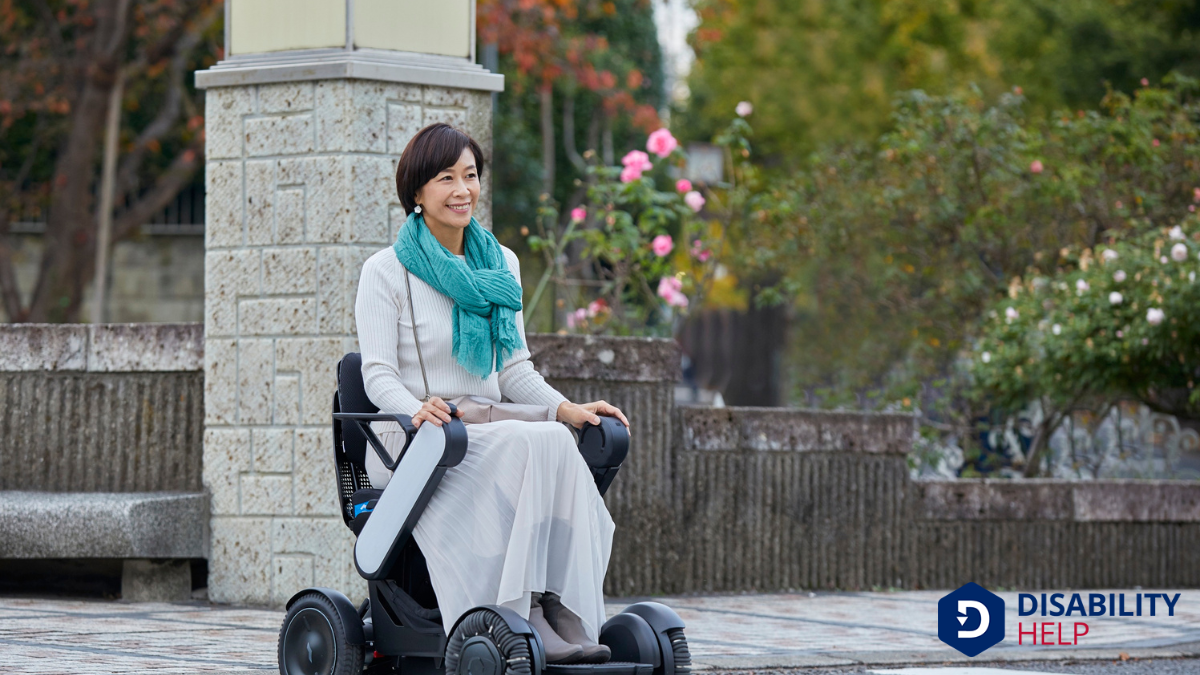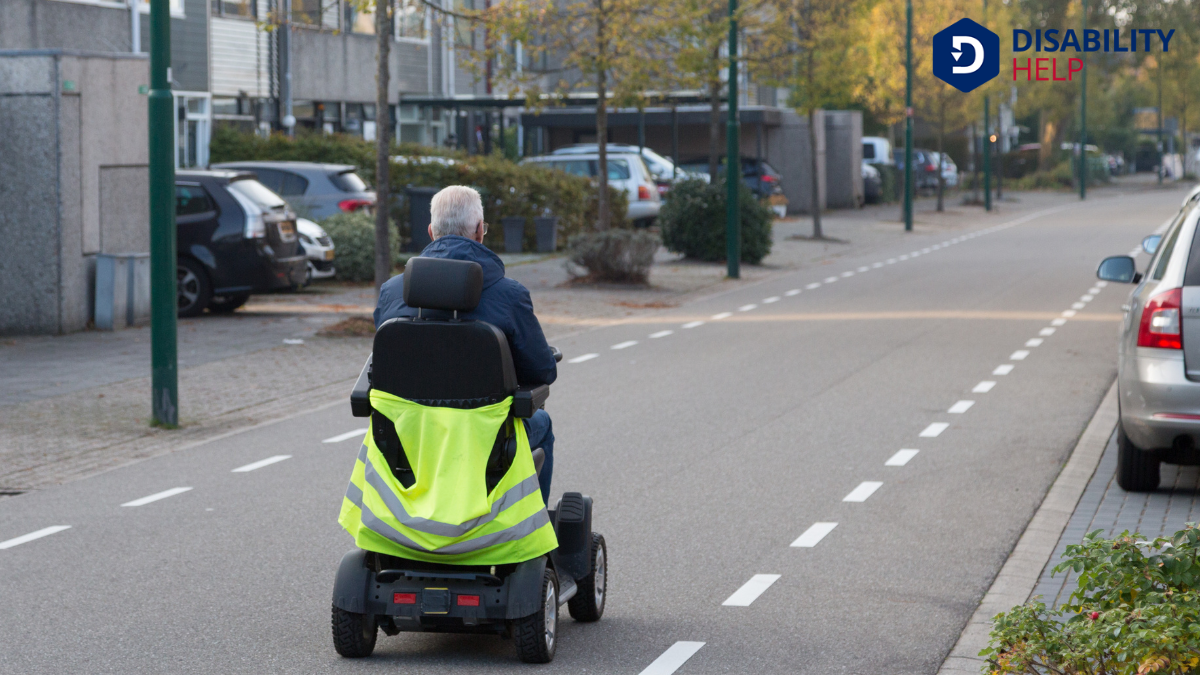Let's talk about active mobility devices and how they fit into our daily lives. These devices, such as bicycles, electric scooters, and skateboards, offer us a way to move around while staying active. They’re not just about getting from point A to point B; they’re about promoting health and sustainability. Have you ever thought about how these devices could reshape urban travel and our cities? There’s more beneath the surface to explore.
Key Takeaways
- Active mobility devices include bicycles, electric scooters, skateboards, tricycles, and electric wheelchairs.
- They promote physical health by encouraging cardiovascular fitness and muscle strength.
- These devices are eco-friendly, reducing fossil fuel reliance and contributing to cleaner air.
- They offer a cost-effective alternative to traditional vehicles, saving money on fuel and maintenance.
- Active mobility devices provide freedom and independence for exploring surroundings comfortably.
Exploring the Types of Active Mobility Devices
When it comes to active mobility devices, we’re looking at an array of options that cater to diverse needs and preferences.
We’ve got bicycles, which are perfect for those who enjoy a classic ride while getting some exercise. For more speed, electric scooters offer a zippy alternative, combining convenience and efficiency.
Skateboards and longboards attract thrill-seekers who enjoy a dynamic and agile experience on the move. For those who prefer stability, tricycles provide balance and comfort.
Meanwhile, electric wheelchairs and mobility scooters empower individuals with mobility challenges, offering independence and ease of movement. Inline skates and rollerblades provide a fun and flexible way to navigate urban environments.
Each of these devices has its unique appeal, allowing us to choose what fits our lifestyle best.
Benefits of Active Mobility Devices

Although we all have our reasons for choosing active mobility devices, the benefits they offer are undeniable. They enhance our daily lives by promoting physical health and reducing our carbon footprint. When we opt for a bike or scooter, we engage in physical activity that boosts cardiovascular fitness and strengthens muscles. It’s a fun way to incorporate exercise into our routine while enjoying fresh air.
Moreover, these devices are eco-friendly. By using them, we reduce our reliance on fossil fuels, contributing to cleaner air and a healthier planet.
They're also cost-effective, saving us money on fuel and maintenance compared to traditional vehicles. Additionally, they offer a sense of freedom and independence, allowing us to explore our surroundings comfortably and efficiently.
The Role of Active Mobility Devices in Urban Transportation
In our quest for healthier and more sustainable lifestyles, active mobility devices have become pivotal to urban transportation. They offer us a practical solution to traffic congestion and pollution, transforming how we navigate city landscapes.
Bicycles, e-scooters, and skateboards aren't just modes of transport; they're tools for creating more liveable cities. By reducing our reliance on cars, we contribute to lower emissions and a cleaner environment.
These devices also encourage us to engage with our surroundings and each other, fostering a sense of community. As urban areas become denser, active mobility devices provide an efficient, flexible alternative to traditional transit.
They allow us to reclaim public spaces, turning streets into social places where we can interact and thrive.
Challenges and Considerations for Active Mobility Devices
While active mobility devices revolutionize urban transportation, they come with their own set of challenges and considerations.
First, safety is a significant concern. We must guarantee that riders and pedestrians coexist safely, which means addressing helmet laws and creating clear guidelines for shared spaces.
Additionally, infrastructure needs adapting. Our cities aren't always equipped with dedicated lanes or parking solutions, leading to congestion and misuse.
Moreover, there's the environmental impact. Although greener than cars, the production and disposal of these devices still leave a footprint.
Economically, affordability and accessibilityThe design of products, devices, services, or environments to be usable by people with disabilities.... can be barriers for some individuals.
Finally, regulations pose challenges. We need cohesive policies that balance innovation with public safety.
Addressing these considerations requires collaboration among city planners, policymakers, and communities.
The Future of Active Mobility Devices in Urban Planning

Looking ahead, the future of active mobility devices in urban planning holds exciting possibilities.
We'll see cities redesign their infrastructure to support these devices, integrating dedicated lanes and parking areas. This shift will prioritize safety and accessibility, encouraging more people to adopt eco-friendly transportation options.
Urban planners will need to collaborate with technology developers to guarantee seamless integration with existing public transit systems. By doing so, we can create a more connected and efficient urban environment.
Additionally, adopting smart technology will help manage traffic flow and reduce congestion.
Cities embracing these changes will benefit from reduced pollution and healthier communities.
As we move forward, it’s essential that we advocate for policies supporting active mobility and champion a sustainable future for urban living.
Conclusion
In embracing active mobility devices, we're not just choosing healthier commutes; we're championing a more sustainable and connected urban future. These devices help us reduce congestion, cut down emissions, and improve our physical well-being. While challenges remain, like infrastructure development and safety considerations, the potential benefits far outweigh the hurdles. Let's continue to advocate for these innovative solutions, ensuring our cities become more livable, vibrant, and inclusive for everyone.






